This post may contain affiliate links. Please read our disclosure policy.
You know how a recipe for a pasta dish will always say, “cook the pasta according to package directions”? Yeah. Forget that. I want to show you how to make the most gorgeous, lighter gluten free pasta that isn't gummy or sticky.
You need to know how-to boil a gluten free pasta recipe so it's perfectly al dente, not at all gummy, and holds up as good as or better than any gluteny dried pasta you've ever had.
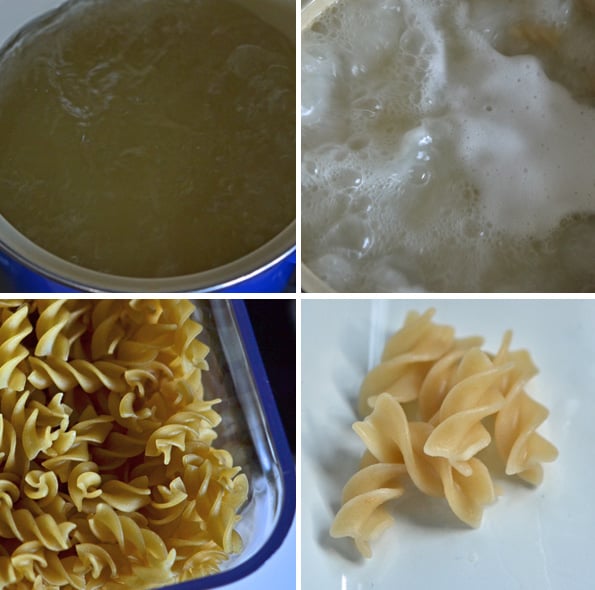
Table of Contents
It's all about the rolling boil, the foaming pasta water, the changing color of the pasta, and then the rinsing. Do this tonight, and you'll feel like a rock star. Trust me. I'm a professional (told you about the bragging).
How To Boil Gluten-Free Pasta—the right way!
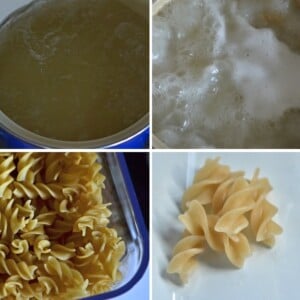
Ingredients
- 4 quarts water
- 1 pound dried gluten-free pasta, any shape
- 2 tablespoons coarse salt
Instructions
- Bring water to a rolling boil in a large pot over high heat. Set a couple pieces of the dried pasta aside to help you recall the color of it dried.
- Add the salt to the pot, followed by the remaining dried pasta. Stir to combine and to make sure none of the pasta is sticking to the bottom of the pot (or to itself).
- Continue to boil on high heat, stirring occasionally, until the water returns to a rolling boil (about 2 minutes), and then begins to bubble vigorously and to foam (another 5 to 7 minutes, depending upon the size & shape of the pasta).
- Turn down the flame a bit if necessary to keep the pot from boiling over.
- Once the pasta water has foamed considerably, begin stirring the pasta more frequently and checking the color of the pasta.
- Once it has lightened in color (usually another 2 minutes), test a piece to ensure it has no dry center but is still a bit firm.
- Remove the pot from the heat and drain off all the pasta water.
- Rinse the pasta thoroughly with warm tap water (or cold tap water if you are serving the pasta cold), then toss with oil or butter to ensure that the pasta doesn’t stick to itself.
- If not serving immediately, place into a lightly oiled bowl and cover tightly with plastic wrap until ready to serve.
- Store any leftovers in a tightly sealed container in the refrigerator. Can be reheated in the microwave.
Nutrition information is automatically calculated, so should only be used as an approximation.

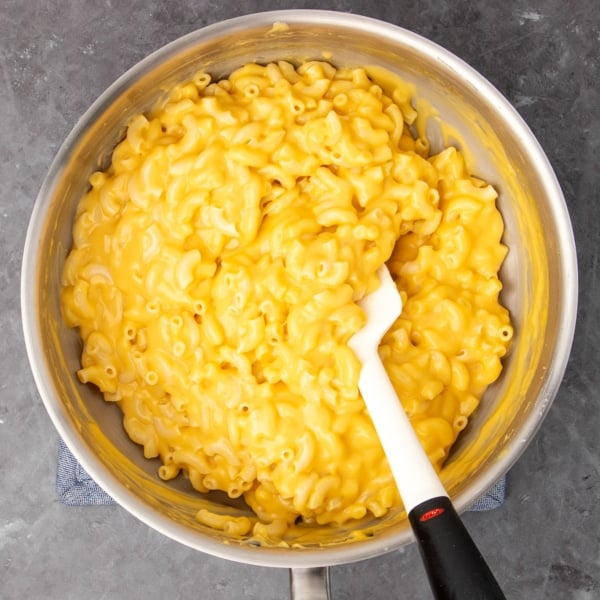
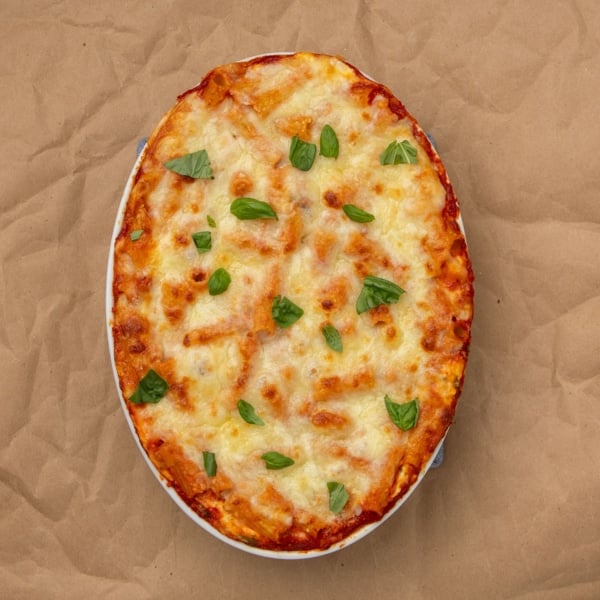
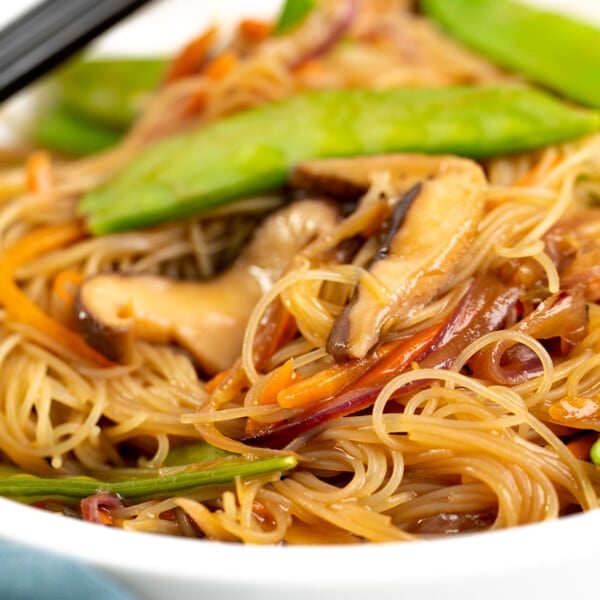
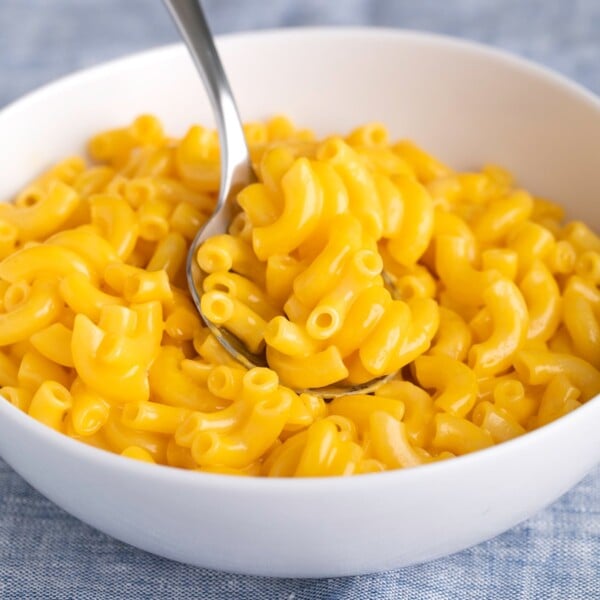









I’ve been cooking Tinkyada pasta using the ‘energy saving’ instructions, with results that can best be described as ‘meh’. Tonight I switched over to your method and waited to see if my two youngest (who are GF along with me) would notice. After a couple of bites, my six year old announced, “This pasta is different…”. Uh-oh. Good different, or bad different…? “GOOD different!” Nine year old agreed (although it was a bit too salty for his – and my – taste) – thanks for making a dinner staple around here much tastier!
Hello-I am qutie a newbie to the gf world…I have several casserole recipes that you do not need to cook your regular pasta before hand…you mix it and bake it….will this method work with the gf pastas? Advice before I attempt this on my own is appreciated!
Hi, there, guest,
I have a recipe on page 91 of my second cookbook, Gluten-Free on a Shoestring Quick & Easy, for Baked Egg Dinner in which I use uncooked GF pasta. It works well, but not in every recipe, I’m afraid. It does work in that one, though, of course! It requires a high ratio of liquid:dried pasta, and it has to be covered for a while in the oven so it can cook the pasta through.
Nicole
I just made Mac & cheese (& ham) the other night and had only one serving left! My family is only four, but two (non- gf) friends joined for dinner that night and raved about it. Thank you for all of your hard work and delicious recipes.
I’ve discovered the secret to making GF pasta at my house is to add a tablespoon of oil to the water before it boils. And I make sure to use a large pan so the pasta can toss around freely. (I don’t rinse the pasta after cooking when I do it this way, nor do I add more oil after draining… Win-win!) My kiddos prefer GF pasta over wheat pasta now – something I never expected to happen!!! Before going GF we were pasta snobs – Amish egg noodles, Italian specialty pastas… Perfecting the texture was crucial – so glad it finally worked!!!
I’ve discovered the secret to making GF pasta at my house is to add a tablespoon of oil to the water before it boils. And I make sure to use a large pan so the pasta can toss around freely. (I don’t rinse the pasta after cooking when I do it this way, nor do I add more oil after draining… Win-win!) My kiddos prefer GF pasta over wheat pasta now – something I never expected to happen!!! Before going GF we were pasta snobs – Amish egg noodles, Italian specialty pastas… Perfecting the texture was crucial – so glad it finally worked!!!
I do the oil trick as well.
Great post. Can you do one on maybe the best types of ff pasts for different meals. I still haven’t been able to find a pasts that works in a cold macaroni salad, in a couple hrs its either mush or hard again.
Hey Ashley
Ive had great sucess with serving the True Roots brand Amaranth Pasta both hot and cold.
I think I am likely going to take a hit for saying so but if you are near a costco they sell it in a 2lb bag which make its quite affordable compared to the 8 oz bags in health food stores. Here in Canada the Costco bag sells for not quite $9 while the sm bags are retailing for $5.69
Hope it helps
Hey Ashley
Ive had great sucess with serving the True Roots brand Amaranth Pasta both hot and cold.
I think I am likely going to take a hit for saying so but if you are near a costco they sell it in a 2lb bag which make its quite affordable compared to the 8 oz bags in health food stores. Here in Canada the Costco bag sells for not quite $9 while the sm bags are retailing for $5.69
Hope it helps
Hi, Ashley,
When you cook your GF pasta the way I describe, it works well in a cold pasta salad. Believe it!
xoxo Nicole
Hi, Ashley,
When you cook your GF pasta the way I describe, it works well in a cold pasta salad. Believe it!
xoxo Nicole
Haha you crack me up. You’re such a brilliant writer :) so happy that I found your blog. I haven’t made gluten-free pasta in ages. I’ve been crazy addicted to zucchini pasta! But when I get sick of it, I’ll be sure to use your tips.
I tried your pasta tips! Really did work, had excellent pasta with dinner tonight.
Question having nothing to do with pasta. I just got a kitchen aid stand mixer for Hanukkah (finally!!). When making your bread recipes do you work with the paddle attachment or the bread hook? I can’t wait to try japanese milk bread!
Hi, Meridith! So glad you were able to put the tips into action already, and that they worked for you!
Congratulations on your stand mixer! You’ll love it, and then you’ll hand it down. They’re really worth the investment. Generally, in the existing recipes on the site (and in the books), I use the paddle attachment. You’re really mixing, not developing the dough. That being said, you can start with the paddle and then switch to the bread hook to smooth out the dough a bit. In Book 3, the bread book, you’ll make good use of that bread hook. ;)
xoxo Nicole
Paddle